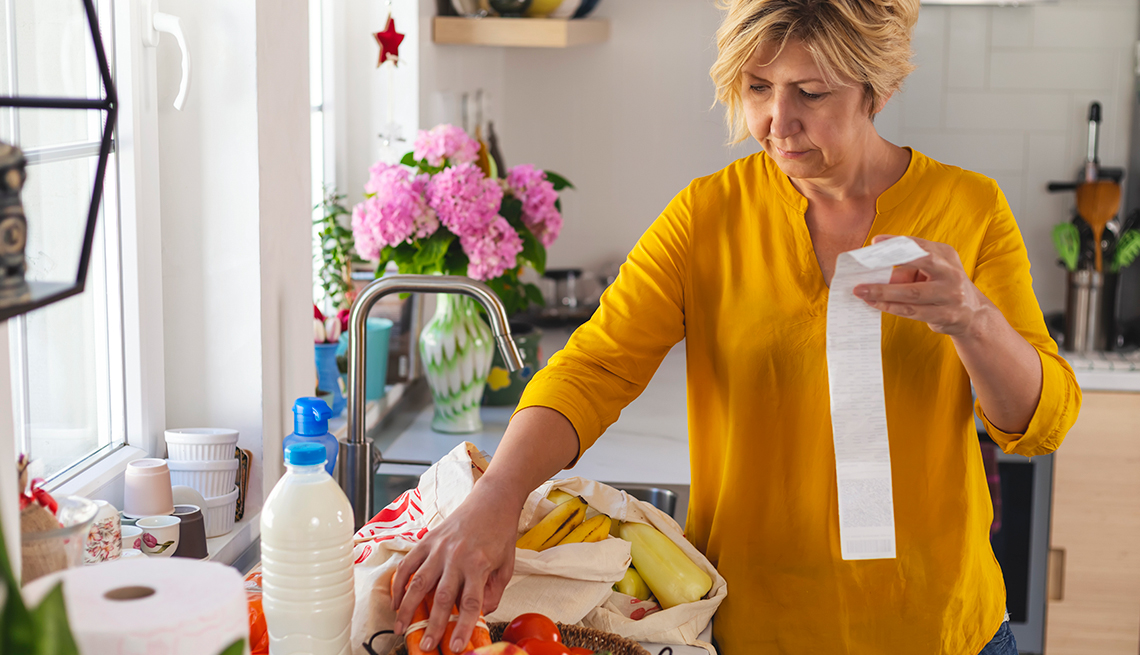
7 ways to keep your food fresh longer
- Select a language for the TTS:
- UK English Female
- UK English Male
- US English Female
- US English Male
- Australian Female
- Australian Male
- Language selected: (auto detect) - EN
Play all audios:

Spoiler alert: Americans toss away between 30 percent and 40 percent of the food we purchase, according to the U.S. Department of Agriculture. Whether it's because the expiration date
has passed or you lost track of a container in the fridge, all that waste is hurting the environment — and our bottom lines. Food prices are up 11.2 percent year-over-year, helping drive
inflation to a near 40-year high. The good news is there are ways to extend the life of your food, reduce waste and save money. Here are seven ways to do it. 1. BE MORE LENIENT ABOUT
EXPIRATION DATES. Putting “Best Used By” dates on meat, poultry and other food is not an exact science. It's designed to inform consumers and retailers about how long they can
expect the food to maintain its quality and flavor. That doesn’t mean you have to throw something out when it reaches that date. Instead, use your senses to determine if it's still OK
to eat. If a product has changed color or texture or smells strange, those are signs you should toss it. If none of the above applies, it's probably safe to eat. HOT TIP: If it's
poultry, use or freeze it in one or two days after buying it, recommends Meredith Carothers of the USDA’s Food Safety and Inspection Service. Beef, pork and veal can stay in the fridge for
four to five days after purchase. You can freeze poultry and beef for up to a year, according to the USDA. 2. STORE AT THE RIGHT TEMPERATURE. Nothing can spoil food quicker than storing
it improperly, so the temperature of your refrigerator and freezer matters — a lot. The USDA says your refrigerator should be set at or below 40 degrees Fahrenheit, and your freezer should
be at 0 degrees. If the temperature is too warm, foodborne bacteria will multiply. Refrigerators are notorious for not showing the correct temperature, according to the USDA. A
freestanding, low-cost appliance thermometer will help you get the right reading. Pop one in the fridge and one in the freezer and check them regularly. HOT TIP: The colder the temperature
of the fridge, the longer your food will go without spoiling. Carothers says to set it in the range of 36 to 38 degrees to extend the freshness of your food a little longer.
